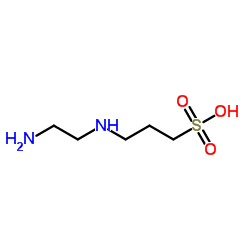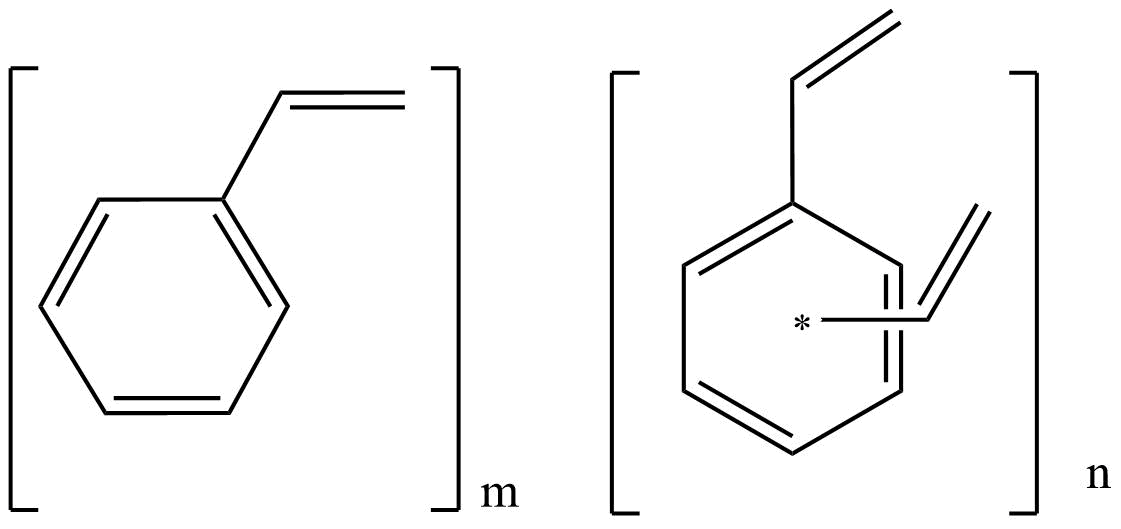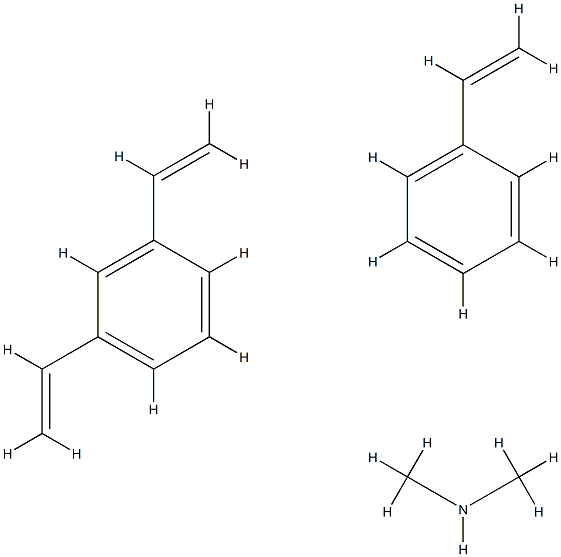Polystyrene melting point cas
Home » datasheet » Polystyrene melting point casPolystyrene melting point cas
Polystyrene Melting Point Cas. The difference in miscibility was also evident in the polymer aggregation in wet films and in the solid. This observation indicates higher miscibility of P-NDI2OD-T2 in PS in comparision to miscibility of PDPP3T in the same insulator. This website uses cookies to help provide you with the best possible online experience. Properties Chemical formula C 8 H 8 n Density.
 Expandable Polystyrene Cas 14235 54 2 Chemsrc From chemsrc.com
Expandable Polystyrene Cas 14235 54 2 Chemsrc From chemsrc.com
The finished film will have a thickness of no more than 500 µm 002 inches and may be used in contact with food types I II IV-B. Polypropylene belongs to the group of polyolefins and is partially crystalline and non-polarIts properties are similar to polyethylene but it is slightly harder and more heat resistant. This observation indicates higher miscibility of P-NDI2OD-T2 in PS in comparision to miscibility of PDPP3T in the same insulator. Affects cyclic adenosine monophosphate concentrations. 703 K and depolymerizes Solubility in water. The melting point of the FCS is between 70 and 80C and the softening point is between 85 and 105C as determined by the ring and ball method.
Polypropylene belongs to the group of polyolefins and is partially crystalline and non-polarIts properties are similar to polyethylene but it is slightly harder and more heat resistant.
158 deg C 760 mmHg FreezingMelting Point21 deg C Decomposition Temperature300 deg C Solubility. Melting point 240 C 464 F. Affects cyclic adenosine monophosphate concentrations. Lithium Carbonate is the carbonate salt of lithium a soft alkali metal with antimanic and hematopoietic activities. 513 K For Isotactic Polystyrene Boiling point. Melting temperature of PDPP3T remained unchanged after blending with PS.
Source: en.wikipedia.org
Polypropylene belongs to the group of polyolefins and is partially crystalline and non-polarIts properties are similar to polyethylene but it is slightly harder and more heat resistant. Insight into the thermal decomposition of CoII oleate for the shape-controlled synthesis of wurtzite-type. The FCS may be used at a level not to exceed 50 weight percent in polyolefin films complying with 21 CFR 1771520. Lithium interferes with transmembrane sodium exchange in nerve cells by affecting sodium potassium-stimulated adenosine triphosphatase Na K-ATPase. Academiaedu is a platform for academics to share research papers.
 Source: sigmaaldrich.com
Source: sigmaaldrich.com
703 K and depolymerizes Solubility in water. Polypropylene belongs to the group of polyolefins and is partially crystalline and non-polarIts properties are similar to polyethylene but it is slightly harder and more heat resistant. 430 C 806 F. 513 K For Isotactic Polystyrene Boiling point. 703 K and depolymerizes Solubility in water.
 Source: en.wikipedia.org
Source: en.wikipedia.org
Specific GravityDensity1680 Molecular FormulaH3O4P Molecular Weight98 Section 10 - Stability and Reactivity Chemical Stability. CAS Article Google Scholar 56. Insight into the thermal decomposition of CoII oleate for the shape-controlled synthesis of wurtzite-type. Dicetyl thiodipropionate having a melting point of 59deg-62 degC as determined by ASTM method E324-79 Standard Test Method for Relative Initial and Final Melting Points and the Melting Range of Organic Chemicals and a saponification value in the range 176-183 as determined by ASTM method D1962-67 Reapproved 1979 Standard Test Method for Saponification Value of Drying Oils. And blocks inositol.
 Source: chemicalbook.com
Source: chemicalbook.com
Absorbs moisture or water from the air. Academiaedu is a platform for academics to share research papers. Properties Chemical formula C 8 H 8 n Density. Specific GravityDensity1680 Molecular FormulaH3O4P Molecular Weight98 Section 10 - Stability and Reactivity Chemical Stability. CAS Article Google Scholar 56.
 Source: chemicalbook.com
Source: chemicalbook.com
Incompatible materials metals excess heat exposure to moist. The difference in miscibility was also evident in the polymer aggregation in wet films and in the solid. The melting point of the FCS is between 70 and 80C and the softening point is between 85 and 105C as determined by the ring and ball method. 513 K For Isotactic Polystyrene Boiling point. 430 C 806 F.
 Source: europeanmedical.info
Source: europeanmedical.info
And blocks inositol. Lithium Carbonate is the carbonate salt of lithium a soft alkali metal with antimanic and hematopoietic activities. Polypropylene PP also known as polypropene is a thermoplastic polymer used in a wide variety of applications. Specific GravityDensity1680 Molecular FormulaH3O4P Molecular Weight98 Section 10 - Stability and Reactivity Chemical Stability. 703 K and depolymerizes Solubility in water.
 Source: en.wikipedia.org
Source: en.wikipedia.org
The difference in miscibility was also evident in the polymer aggregation in wet films and in the solid. Incompatible materials metals excess heat exposure to moist. 513 K For Isotactic Polystyrene Boiling point. 158 deg C 760 mmHg FreezingMelting Point21 deg C Decomposition Temperature300 deg C Solubility. Soluble in benzene carbon.
 Source: chemsrc.com
Source: chemsrc.com
In the case of P-NDI2OD-T2 its melting temperature decreased in the blend with PS. Incompatible materials metals excess heat exposure to moist. Dicetyl thiodipropionate having a melting point of 59deg-62 degC as determined by ASTM method E324-79 Standard Test Method for Relative Initial and Final Melting Points and the Melting Range of Organic Chemicals and a saponification value in the range 176-183 as determined by ASTM method D1962-67 Reapproved 1979 Standard Test Method for Saponification Value of Drying Oils. CompTox Dashboard EPA DTXSID5031925. The finished film will have a thickness of no more than 500 µm 002 inches and may be used in contact with food types I II IV-B.
 Source: en.wikipedia.org
Source: en.wikipedia.org
430 C 806 F. And blocks inositol. The finished film will have a thickness of no more than 500 µm 002 inches and may be used in contact with food types I II IV-B. Melting point 240 C 464 F. Absorbs moisture or water from the air.
 Source: wikiwand.com
Source: wikiwand.com
Alters the release of neurotransmitters. Polypropylene belongs to the group of polyolefins and is partially crystalline and non-polarIts properties are similar to polyethylene but it is slightly harder and more heat resistant. Absorbs moisture or water from the air. Specific GravityDensity1680 Molecular FormulaH3O4P Molecular Weight98 Section 10 - Stability and Reactivity Chemical Stability. Polypropylene PP also known as polypropene is a thermoplastic polymer used in a wide variety of applications.
If you find this site serviceableness, please support us by sharing this posts to your preference social media accounts like Facebook, Instagram and so on or you can also bookmark this blog page with the title polystyrene melting point cas by using Ctrl + D for devices a laptop with a Windows operating system or Command + D for laptops with an Apple operating system. If you use a smartphone, you can also use the drawer menu of the browser you are using. Whether it’s a Windows, Mac, iOS or Android operating system, you will still be able to bookmark this website.